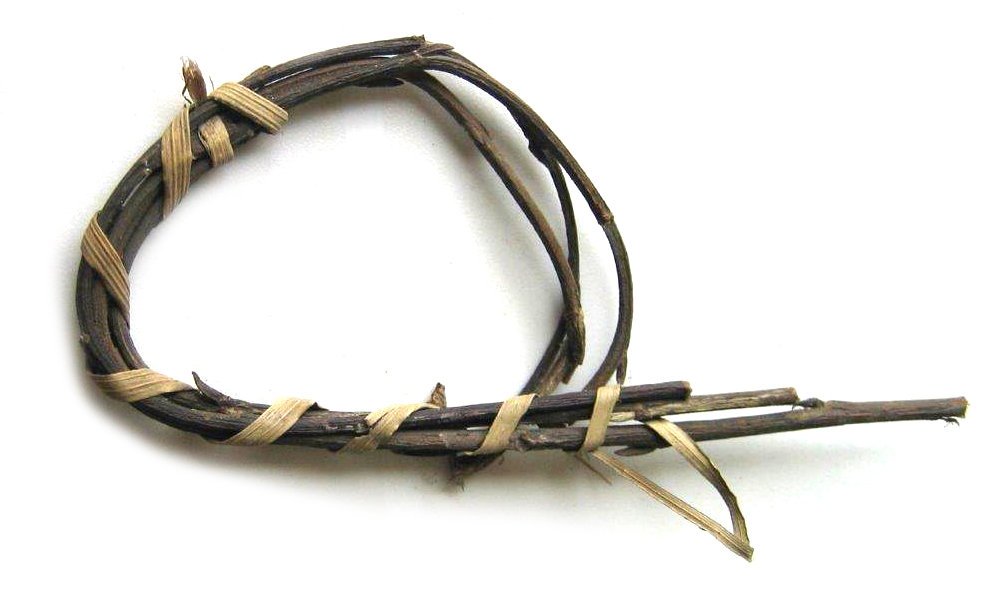Lulav Ring
The eight-day holiday Sukkot is both a harvest thanksgiving festival and a reminder off the precarious dwellings of the Israelites during their wanderings through the desert after their Exodus from Egypt. As a reminder of them living in provisional booths, Jews all over the world erect Sukkah (temporary huts made from a variety of materials) in which they, weather permitting, eat their meals and spend time. The harvest thanksgiving is symbolized with a festive bouquet called “Lulav”. It consists of etrog (a citrus fruit), myrtle, willow and a date palm frond (called Lulav in Hebrew). The four species represent the unity of the people of Israel and the mutual responsibility for one another which all humans share. They also represent the entirety of plant life. The four species are bound together as a bouquet and dedicated to god. The Lulav is waved in all directions within the synagogue to crown God as king of the entire world.
Title: Lulav Ring
Date: 19th/ 20thcentury
Material: Palm leaves and willow branches, weaved
Dimensions: diameter 5 cm (1.9’’)
Creator: unknown
Sponsor: unknown

The bouquet is traditionally bound together with woven rings made from palm leaves. Today, the proper method of weaving these rings can be found in video tutorials online. The Genizah in Niederzissen contains several such Lulav rings, made from palm leaves and willow branches, which were probably put there after Sukkot every year. The rings are well preserved.
Further Reading:
www.youtube.com/watch?v=WCNALrowSTAlast accessed November 21st, 2019.
